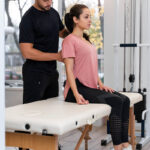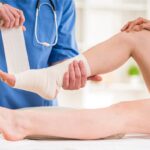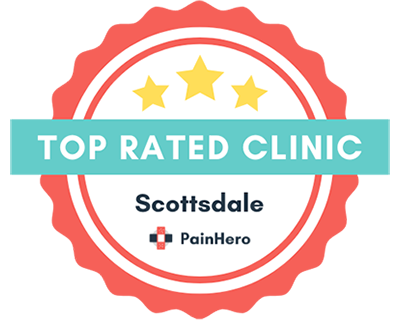If you’re dealing with knee pain, even simple tasks like walking the dog, climbing stairs, or getting out of a chair can feel like a challenge. You may hesitate during workouts or avoid your favorite trails altogether. But there’s good news—physical therapy for knee pain offers a safe, drug-free, and effective path to long-term relief.
At Scottsdale Physical Therapy & Performance, we specialize in helping people like you move without pain and get back to doing what they love. In this guide, you’ll learn the most common causes of knee pain, how physical therapy for knee pain near you works, and what your care could look like with a trusted physical therapist in Scottsdale.
Understanding Knee Pain: Causes and Everyday Impact
Knee pain is one of the most common joint complaints in both young and older adults. Whether it stems from a sports injury, poor alignment, or wear-and-tear, it affects your ability to move freely. Our clinic takes a deep look at every contributing factor through a comprehensive evaluation and movement assessment to find long-term solutions.
What’s Behind Most Knee Pain
Many patients come in after developing symptoms from overuse injury, osteoarthritis, or muscle imbalances. Others suffer from ligament injuries (ACL), patellofemoral pain, or complications from meniscus tears and fractures.
Osteoarthritis is currently the most widespread joint condition among older adults and a major contributor to reduced mobility and independence. With age-related changes and rising obesity rates, this degenerative joint disease is becoming more common than ever, affecting millions worldwide—including many seeking relief through physical therapy.
Structural issues like genu valgum (knock knees) or genu varum (bow legs) may also contribute to stress on the knee joint.
At Scottsdale Physical Therapy & Performance, we use imaging like x-ray or MRI (when necessary) to identify bone abnormalities, guide plan of care decisions, and rule out conditions such as bursitis, cartilage damage, and anterior knee pain.
When Pain Becomes a Daily Disruption
Living with persistent knee pain impacts more than just your body—it affects your mood, your confidence, and your daily routine. Whether it’s medial knee pain from climbing stairs or lateral knee pain from walking on uneven ground, chronic discomfort can limit mobility and motivation.
Changes in the biomechanics of today’s modern golf swing have led to a noticeable increase in knee-related injuries among professional golfers. For players with a history of knee issues, modifying the swing to reduce joint stress may be a key strategy for maintaining performance and avoiding reinjury.
If you’re searching for physical therapy for knee pain you, don’t wait until the symptoms worsen—find a PT early and start a personalized rehabilitation program that matches your needs.
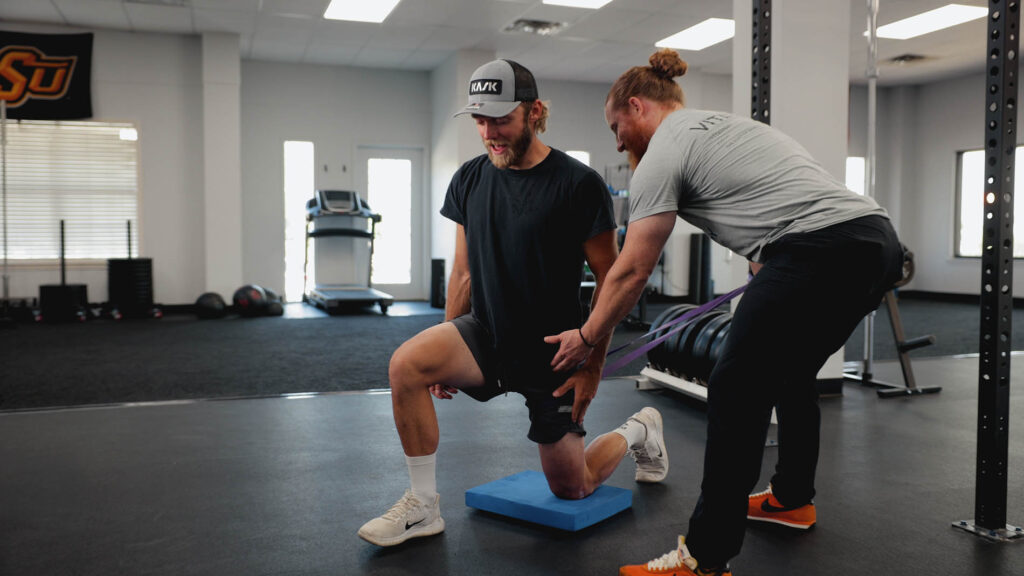
How Physical Therapy Eases Knee Pain Without Surgery
There are many ways to treat knee pain, but not all are equally effective. Physical therapy is one of the only approaches that helps patients address both the root cause and the symptoms—without relying on painkillers or undergoing surgery. That’s why thousands in Arizona are choosing physical therapy for knee pain as part of a healthy lifestyle plan.
A Better Approach Than Just “Rest”
Complete rest may seem like a safe choice, but it often leads to muscle weaknesses, joint stiffness, and poor range of motion. At our clinic, we take an active approach using safe, controlled movements to reduce inflammation and rebuild strength. Techniques such as manual therapy, dry needling, ultrasound, electrical stimulation, and stretching techniques are used alongside progressive resistance programs and pain management tools to help restore function.
What Happens in a Therapy Session
During your initial evaluation, our board-certified clinical specialists take time to understand your history, pain patterns, and physical goals. Through movement assessment, strength assessment, and postural screening, we build a personalized exercise program that addresses every layer of dysfunction. A typical session at Scottsdale Physical Therapy & Performance includes hands-on care, targeted strengthening exercises, and expert feedback to ensure progress at every step.
Real Exercises That Help Relieve Knee Pain
Physical therapy is more than just passive treatments—it’s about guided motion and learning how to move again with confidence. We incorporate physical therapy exercises for knee pain at every phase, tailored to the individual’s injury, strength, and healing timeline. Below is a sample of the types of exercises we introduce in a personalized rehabilitation program.
Gentle Early-Stage Movements
In the early stages, we focus on restoring range of motion and reducing swelling:
- Heel slides to gently bend and straighten the knee.
- Quad sets to activate thigh muscles and improve circulation.
- Supported knee bending against a wall or foam roller for safe mobility.
These movements are essential before progressing to more demanding tasks like walking or strength training.
Building Strength Gradually
Once pain decreases, your physical therapist in Scottsdale will introduce targeted strength-building:
- Straight leg raises to develop anterior chain muscles.
- Glute bridges for hip stability and posterior chain support.
- Step-ups to prepare for stairs and uneven terrain.
These are designed as part of your resistance program and tracked throughout your recovery.
Improving Balance and Control
We finish with drills that challenge proprioception and coordination:
- Single-leg stance for postural endurance and balance.
- Side-stepping with a resistance band to activate the glutes and hips.
- Mini squats or functional movements like lunges for return to sport.
Each client receives a plan of care that outlines milestones and physical therapy goals—whether that’s returning to running or avoiding future injuries.
What to Expect at Scottsdale PT & Performance
Choosing a physical therapy provider matters. At Scottsdale Physical Therapy & Performance, we focus on quality time, clinical results, and a people-first approach. Every session is part of your journey toward a healthy lifestyle—with support, strategy, and science behind every move.
- One-on-one, 60-minute appointments with a Doctor of Physical Therapy
- Care plans built through clinical expertise, advanced manual therapy, and sports science
- Prehabilitation, return to play protocols, and even post-total knee replacement programs
- Located conveniently in North Scottsdale, near major intersections with ample parking
- Flexible scheduling for busy professionals, athletes, and weekend warriors
If you’ve searched for physical therapy for knee pain near me, you’re in the right place. Our movement experts are here to help you get better—and stay better.
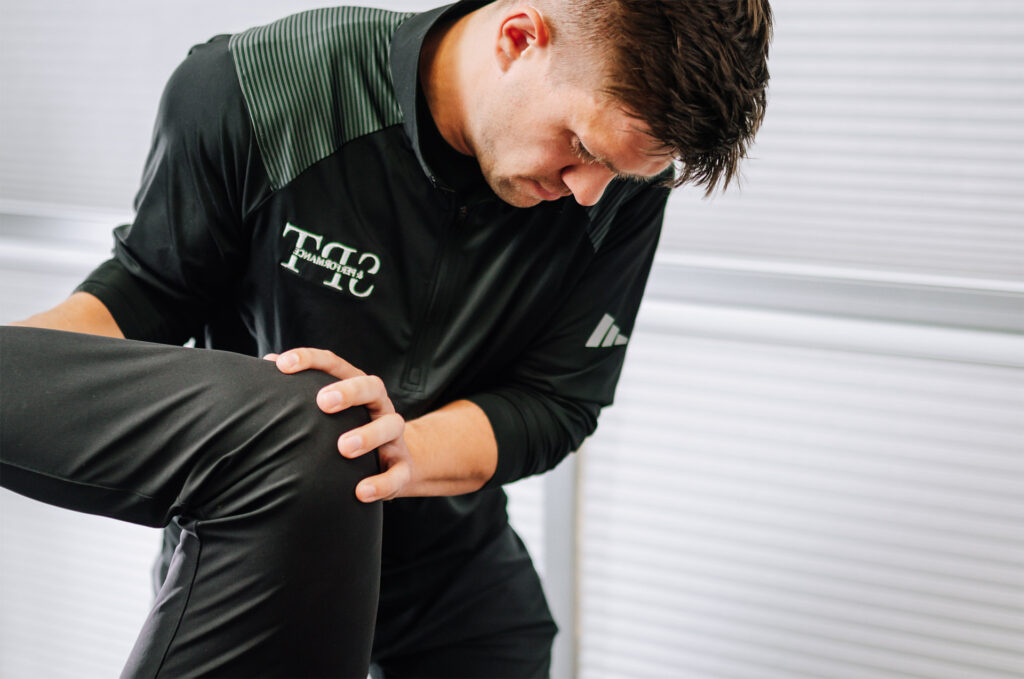
When Should You Consider Physical Therapy?
Knee pain is not something to “wait out.” In many cases, early intervention prevents long-term damage, including degenerative changes to the knee joint or the need for anterior cruciate ligament reconstruction.
Contact us if you’re experiencing:
- Persistent swelling or instability
- Pain with walking, standing, or exercise
- Difficulty returning to workouts or daily tasks
- Symptoms after surgery or total knee replacement
Don’t wait for it to get worse. Request appointment today and begin a program tailored to your goals and needs.
Conclusion
Knee pain doesn’t have to control your life. Whether you’re struggling with soreness from training, recovering from surgery, or living with chronic joint pain, physical therapy for knee pain can help you regain confidence and freedom. With expert guidance from a physical therapist in Scottsdale, you’ll learn how to move better, feel stronger, and live without limits.
Trust your body. Trust the process. And trust the team at Scottsdale Physical Therapy & Performance to guide you forward.
FAQs
What is the best exercise to rehab a knee?
There isn’t one universal answer. However, quad sets, glute bridges, and straight leg raises are common starting points. A comprehensive evaluation by a physical therapist in Scottsdale helps select the most effective combination of exercises for your condition.
What is the best therapy for knees?
The best approach is a personalized one. Combining manual therapy, strengthening exercises, stretching techniques, and pain-relief modalities (such as ultrasound and electrical stimulation) offers the best outcomes for long-term success.
What is the #1 mistake for bad knees?
Avoiding movement. Resting too much weakens the muscles that protect the joint, increasing the risk of long-term pain. With a safe, guided plan from trusted Physical Therapist, you’ll follow a personalized rehabilitation program designed to prevent this common mistake.


